Super Bowls are as much about what happens off the field as what happens on. In an era of media demassification, when everyone has his favorite blog or Internet chat forum, the Super Bowl is one of the last events that nearly everyone watches, at least on some level. And discusses the next day at work (or in their favorite Internet chat forum. Or on their blog, come to think of it…)
What happens off the field can tells us much about the state of our shared culture. You can call it “pop culture,” but today, all of American culture is pop culture. For a start, compare the most recent halftime performers — The Who, The Rolling Stones, Bruce Springsteen, and last night, Beyoncé, with some of the performers at the first Super Bowls: Carol Channing, Ella Fitzgerald, Woody Herman, Charley Pride, Mercer Ellington (Duke’s son), Pete Fountain, and Al Hirt. Those early performers were grown-ups; today’s are perpetual adolescents.
 Back in the mid-1970s, when each Super Bowl seemed to alternate between low-scoring ball control snoozers and lopsided mismatched blowouts, someone once quipped something along the lines of, “Let’s finally have a Super Bowl the pre-game show would be proud of.”*
Back in the mid-1970s, when each Super Bowl seemed to alternate between low-scoring ball control snoozers and lopsided mismatched blowouts, someone once quipped something along the lines of, “Let’s finally have a Super Bowl the pre-game show would be proud of.”*
The competitive nature of most recent Super Bowls inverts that formula: given the quality of the play on the field last night, it would be nice to finally see a pop culture that lived up to game on the field.
Whatever caused the interminable half-hour power outage, it will serve as countless metaphors for writers looking to place yesterday’s game into perspective. My initial take, immediately after the game concluded, is how utterly exhausted today’s pop culture feels. The power’s out; the electrical bill has come due; nihilism’s dark shroud has descended upon America’s pop culture.
But cultural trends often marinate for a long period before bubbling to the top; much of what we saw last night was the result of decades of cultural stagnation or regression.
During the pregame show, I saw 49ers QB Colin Kaepernick’s adopted mother complaining about the recent Drudge-linked article by AOL sportswriter David Whitley on her son’s body of green ink. She complained about how unfair this sportswriter was, given what a nice young man her son is, and all that he’s accomplished. But I was reminded of Jonah Goldberg’s observation that while people always say you shouldn’t judge a book by its cover, until actually reading the book, the cover is the clearest indication of the author’s intent. If Kaepernick is attempting to push back against 500 years or so of conventional wisdom that tattoos are déclassé and reflect an obsession with nostalgie de la boue, that seems a rather curious decision for a player whose position as QB makes him the most visible member of his team.
Not to mention how worn-out the idea is. I remember when tattoos went from being the province of middle-aged men who had survived World War II and picked up a tat on the night before they hit the beach in Normandy, and began to be worn on the arms (or butts, in Cher’s case) of “transgressive” pop stars. That was in the late ’70s and early 1980s, thirty years ago.
Almost 50 years ago, when Henry Luce was phasing out his day-to-day involvement in Time, Life, Sports Illustrated, and Fortune, the magazine empire he founded, Time magazine decided to echo the words of Friedrich Nietzsche from 1882, and asked “Is God Dead?” Given that Luce’s parents were Christian missionaries to China at the start of the 20th century, this is a particularly rich question, one that would foreshadow both the American culture’s atomization at the close of the 1960s, and Time magazine’s increasing alienation from its subscriber base.
But if God still had a faint pulse left in 1966, Sports Illustrated seemed determined to finish Him off this past week, as Andrew Klavan wrote yesterday, linking to SI’s cover story — a cover that featured Ray Lewis arising from the sea, hands placed together in prayer, and the above-the-mast-headline, “Does God Care Who Wins the Super Bowl?”
Organized prayer is made to sound like a conspiracy. Statements like “Football corrupts its fans” are thrown out without any proof whatsoever. And then there’s the fourth rate theology: “The Bible is clear that [God] preferred the loser.” Mr. Oppenheimer has a PHD in American religious history so really, he might want to read the Bible sometime.
Well, I could go on, but why bother? I’ve chronicled SI’s Lord-o-phobia before. And Oppenheimer is entitled to his shallow opinion. My point is only that it’s not journalism, or interesting, or even vaguely worth reading. I would love to read a well-reported, balanced article about the problems of mixing faith and sports as I would be interested in intelligent debate about Title IX and whether the damage it does to boys’ sports outweighs whatever good it does, if any, for girls. But you will never find that in SI today.
All you get here are leftists telling leftists how to think leftily about leftism. Which is a waste of everyone’s time. Especially when what you’re trying to do is find out about your favorite sport.
Screw em. Sports Illustrated officially stinks now. Cancel my subscription.
Of course, SI has been politicized for some years now, as every sportswriter seems determined to be a wannabe political pundit, determined to destroy any sense of what Jay Nordlinger of National Review calls “safe zones — i.e., spheres free of partisan politics.”
But SI’s railing against the heavens aside, perhaps God has quite a well-developed sense of humor, given the power outage in the Superdome last night immediately after halftime and brilliant 108 yard kickoff return for a TD by the Ravens’ Jacoby Jones. In the NFL, if a player spikes the ball before reaching the end zone, the ref will throw his yellow flag and punish his team with a five-yard penalty. Similarly, as the Weekly Standard noted last night, the Superdome blackout was preceded by more than a little premature gloating from the Obama Energy Department.
Last week, in a blog post titled, “Super Bowl City Leads on Energy Efficient Forefront,” the Energy Department touted the Superdome’s lights. The Superdome, in New Orleans, is hosting tonight’s Super Bowl, where a power outage stopped play for more than half an hour.
“While the Baltimore Ravens and San Francisco 49ers compete to hoist the Vince Lombardi trophy this weekend, eco-friendly fans and city leaders in New Orleans are competing to maximize sustainability practices to the fullest,” wrote John Horst, a public affairs specialist with the Office of Energy Efficiency and Renewable Energy.
To make this the greenest Super Bowl, the New Orleans Host Committee has partnered with fans and the community to offset energy use across the major Super Bowl venues. The exterior of the Mercedes-Benz Superdome features more than 26,000 LED lights on 96 full-color graphic display panels, designed to wash the building in a spectrum of animated colors, patterns and images. The system draws only 10 kilowatts of electricity — equivalent to the amount of energy used by a small home — and the lights are expected to last for many years before needing replacement.
The Energy Department bragged, “Embracing energy efficiency and renewable energy is having a profound impact on attracting developers and private industry in the New Orleans’ re-building efforts. The push to re-invent this destination city contributes to making Sunday’s game the greenest in Super Bowl history.”
As Jim Treacher writes today at the Daily Caller, “What’s more energy-efficient than darkness? Green is the new blackout.”
Well, it’s not all that new. Radical Environmentalism — to the point of turning the clock back on mankind’s technological progress — began around 1970. Thirty-seven years later, Bob Costas of NBC created what today seems like a miniature diorama version of last night’s stadium-wide blackout:
[flashvideo file=http://pjmedia.com/media/video/lightsoutonNBC-SNF.flv width=352 height=288 image=http://pjmedia.com/eddriscoll/files/2009/05/nbc-green.jpg /]
Yesterday morning, Costas, the man who brought you the NFL’s original lights out moment, threatened to permanently turn off the power on the entire NFL. Sunday’s Meet the Press featured videotape of NFL Commissioner Roger Goodell addressing concussions in the NFL. Costas retorted that in his own expert opinion as a professional newsreader with Very Serious Hair, “For all the drama, the excitement, the strategy, all the appealing things about football, the way football is currently played in the NFL is fundamentally unsustainable.”
For once in his life, Costas might actually be correct, if only because our current pop culture is itself unsustainable.
I doubt there will be any sort of large scale conservative revival in pop culture anytime soon, however. And I shudder to think what’s coming down the pike in a few years to make today look like Ye Ole Good Days when we look back in five or ten years.
So how do you see the current state of today’s pop culture playing itself out in the coming years? Let me know in the comments below.
Related: From Ed Morrissey at Hot Air, a video from CBS sportscaster James Brown asking, “Did the Super Bowl hold back recovery in [New Orleans’] Lower Ninth Ward?” And as Twitchy notes, “Paul Harvey wins: Super Bowl ad tribute to farmers earns praise, nostalgia” It is indeed a power ad, though as with other recent Red State-themed commercials from Chrysler, keep in mind that it’s an ad created by one giant Blue company, a division of Government Motors.
And great catch by Ben Shapiro of Big Hollywood of yet another example of ’70s-era nostalgie de la boue last night: “Super Bowl Coke Ad Endorses Antiwar Graffiti.”
Curiously, as with the L.A.’s Museum of Contemporary Art freaking out when Heather Mac Donald of City Journal magazine attempted to spray on a few embellishments of her own to the museum’s pro-graffiti exhibition, I suspect Coke would likely call security or the police if someone took their own ad’s advice and added a Krylon-powered statement to the front of Coke’s corporate offices.
Update: After I published this post, I realized I had forgotten to mention the recurring “all men are dopes” theme that runs through so many of the ads; yet another trend in the corporate overculture that has been ongoing for at least a decade. Perhaps one reason why the stark Paul Harvey-narrated Chrysler ad resonated so powerfully is that it pushed back against that trend.
* I spent a fair amount of time searching for the source of this quote late Sunday night. I don’t think I’m imagining I read it. If you know who said it, let me know via email or the comments.
Late Update (2/5/13): Found — it was the headline on the cover of a January 1976 edition of Sport magazine, as found by one of the readers in the comments. Thank you!




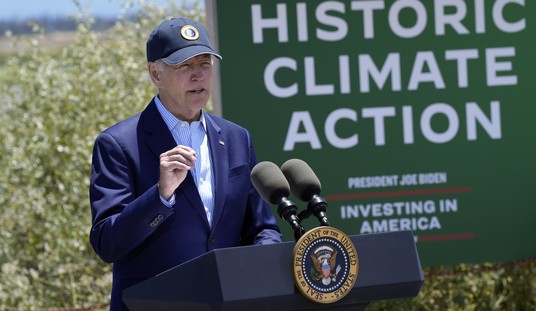
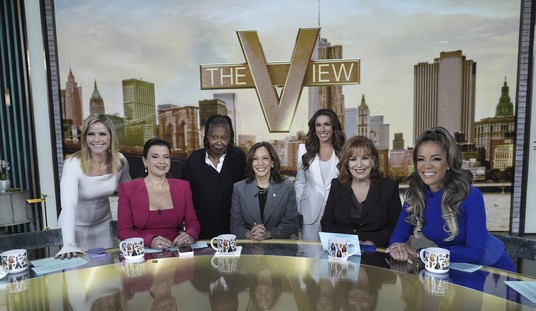
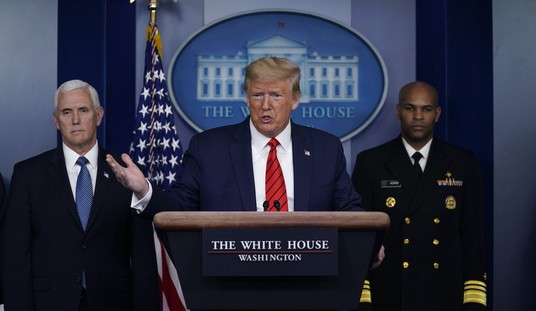
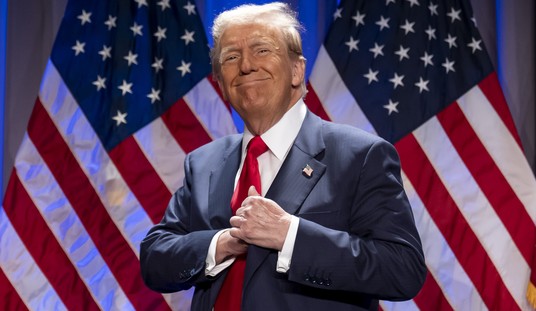

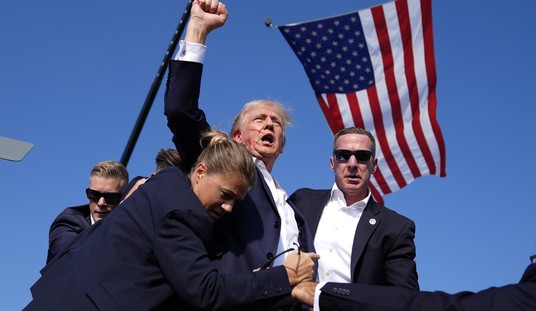
Join the conversation as a VIP Member